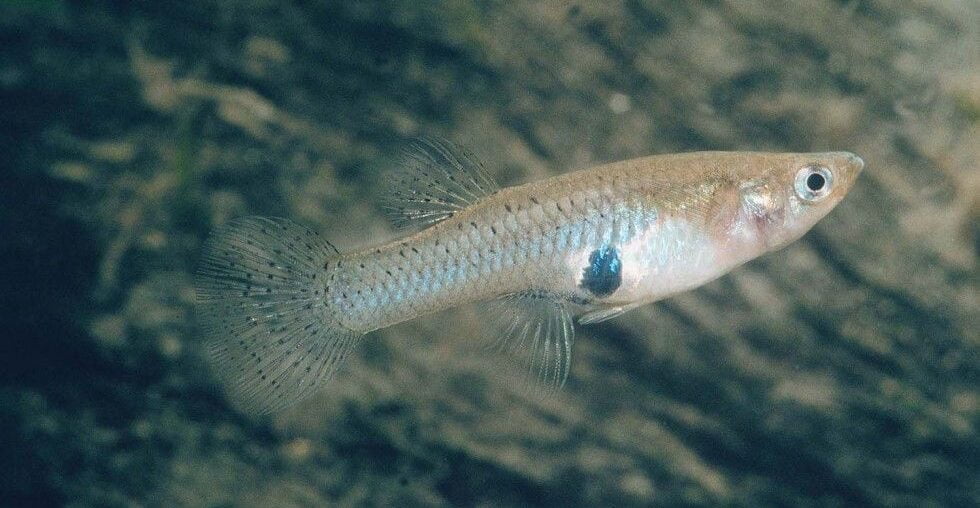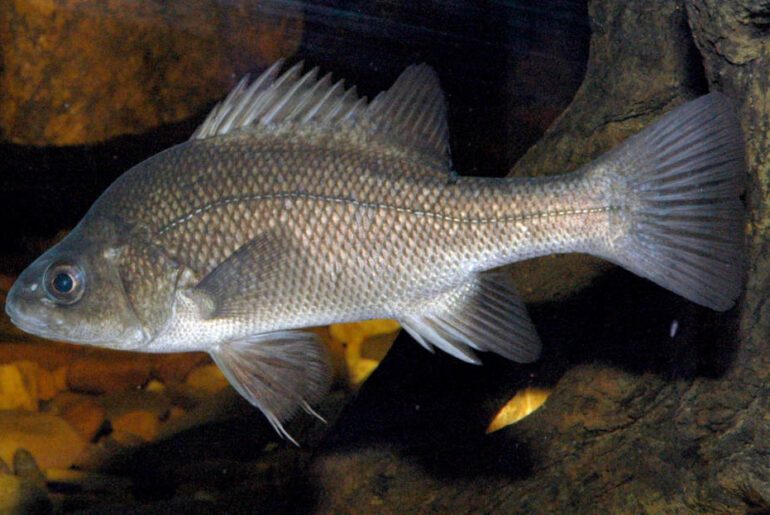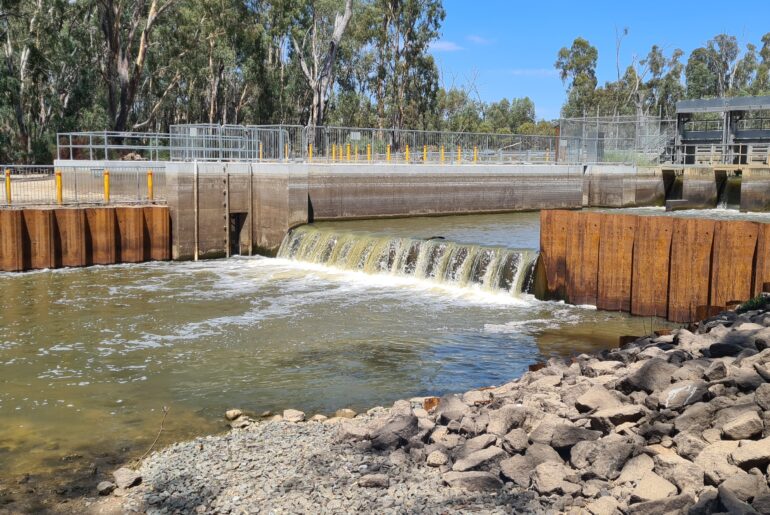Understanding the ecological impacts of an introduced species is an essential component of pest management. This project examined the ecological impacts of the Eastern gambusia (Gambusia holbrooki) by integrating surveys and experimental work in natural billabong systems throughout the MDB. The specific objectives of the project were to:
- review current knowledge of the impacts of Eastern gambusia on native fishes of the MDB,
- provide information on the response of native fish communities following the reduction of Eastern gambusia populations,
- provide a framework to evaluate the feasibility and effectiveness of such control actions, and
- form a template for evaluating control options for other alien fishes across the MDB.
Findings:
Review of the literature of the impacts of Eastern gambusia on native fishes of the MDB identified that 16 of 37 native species have major habitat or diet (or both) overlaps with Eastern gambusia. The most significant overlaps were with small bodied species, for example, Glassfish, Pygmy-perches, Rainbowfishes, Hardyheads, Gudgeons and Australian smelt. Based on these findings, it was thought that Eastern gambusia is likely to have contributed to the decline (in distribution and/or abundance) of the Olive perchlet, Southern pygmy-perch, Murray-Darling rainbowfish and Purple-spotted gudgeon.
An assessment of wetland communities throughout the mid-Murray region of the MDB found that Carp gudgeon and Eastern gambusia were the dominant species in both abundance and distribution.

The results of the survey suggest that Eastern gambusia do not have a negative influence on abundances of the more common native species (eg. Carp gudgeon, Flat-headed gudgeon). This is most likely due to the generalist nature of these species, enabling their co-existence.
There was a negative effect between Eastern gambusia abundance and body condition of juveniles of several native species, indicating that as gambusia became more abundant, many native fish species became less healthy.
Researchers removed gambusia from several small isolated billabongs to observe how native fish would respond. The results of the removal trial indicate that reductions of Eastern gambusia abundances will result in some improvements to small-bodied native fish populations, though these effects may be even more pronounced in billabongs with simple habitats and containing species with selective diets. During this trial, astonishingly; a few individual Eastern gambusia were able to re-establish populations of thousands within three or four months.
The study also examined the cost-effectiveness and logistics of Eastern gambusia removal, and concluded that the highest benefits per dollar invested were achieved in locations where simple, uncomplex habitats that did not connect to other gambusia populations regularly, and contained high ecological value.
Implications for native fish:
This project provides fundamental ecological information to assist in the management of Eastern gambusia. This project provides managers with some options to assess the cost benefit of Eastern gambusia removal for a range of habitat scenarios. This will result in better targeted efforts to control this pest species and maximise benefits to native fish populations.
Read the full report here – Assessing the recovery of fish communities following removal of introduced Eastern gambusia, Gambusia holbrooki.



